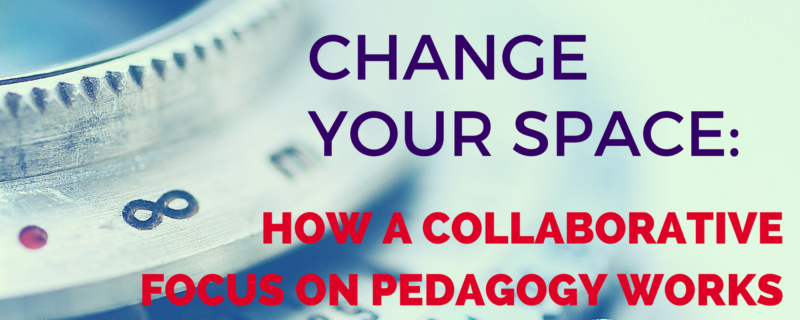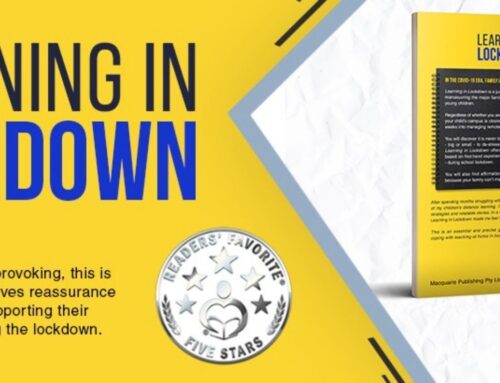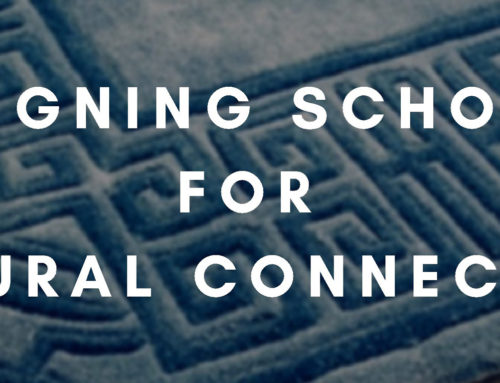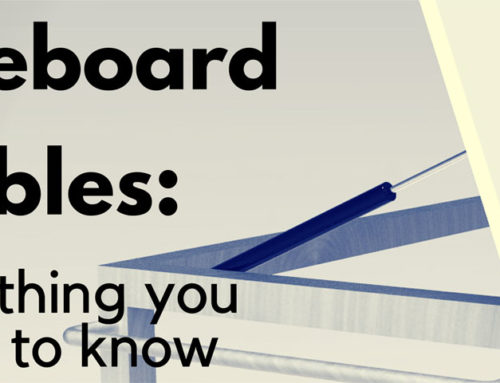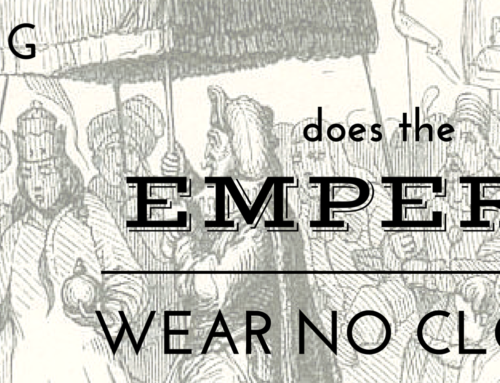To be employed at a school with newly designed facilities is uncommon. Most educators inherit a teaching space that is relatively fixed and is likely to be a manifestation of an educational experience whose time has passed.
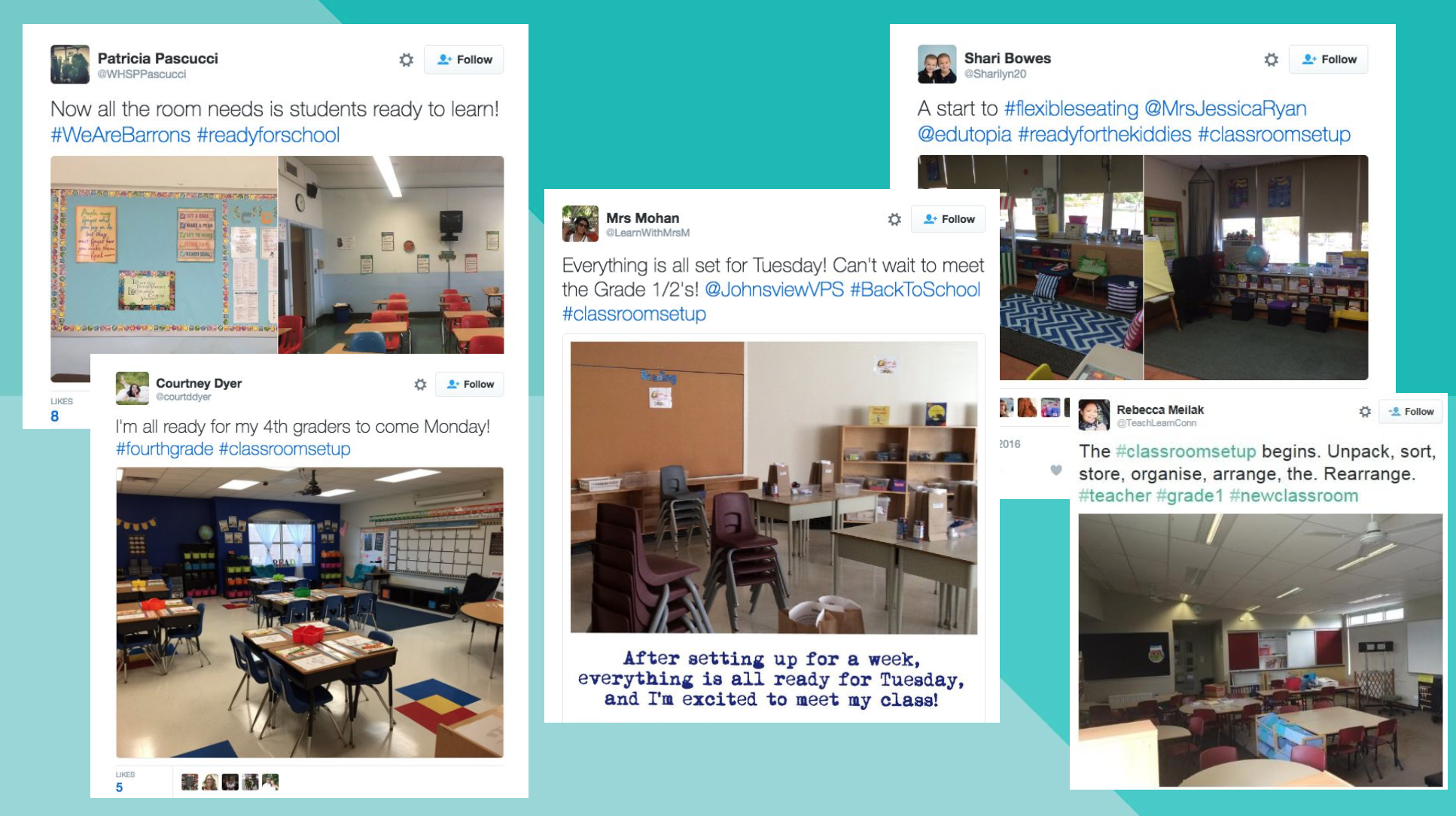
Teachers care about their spaces: a series of Tweets of teachers preparing classrooms for students
Upon moving into a new learning space, we are greeted by the previous occupant’s ghost. We may struggle to decipher the furniture that was left in the room, understand the pros and cons of the layout, and get to know the quirks and individuality of the floor plan. It takes us time to understand a new space, to settle in, and to begin to make judicious alterations to the environment. Educators spend countless hours, and even their own money, tinkering to get their classrooms “just right”. We should be looking to coordinate these isolated, yet well-intentioned efforts to maximize the potential of our learning environments.
A collaborative learning space enhancement process reimagines space in progressive, modern ways; and without building a new campus.
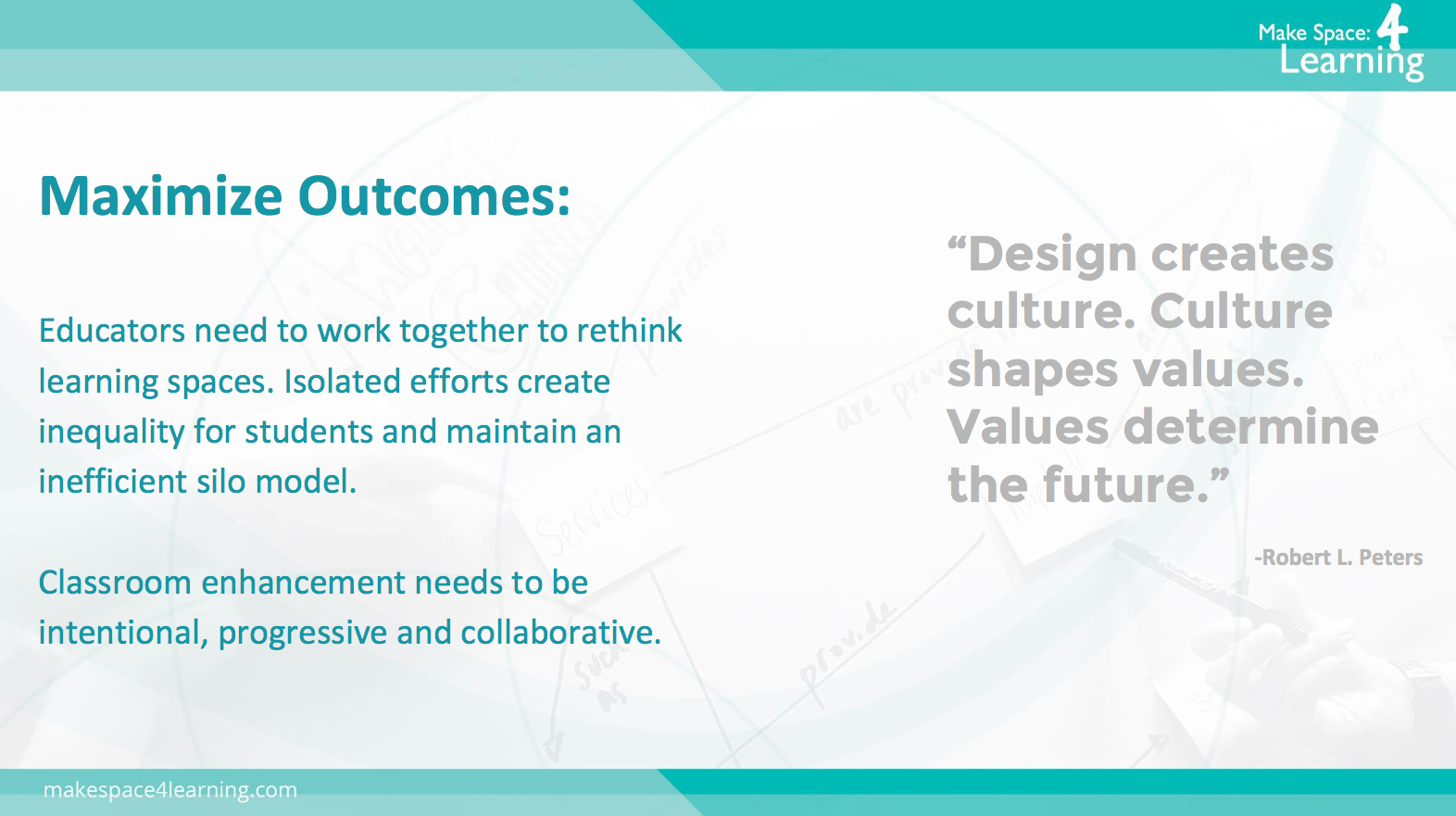
Put Pedagogy at the Heart of Your Collaborative Redesign
The learning space enhancement process is structured by a number of important driving considerations, primarily; being grounded in pedagogy. The use of teacher committees, working towards shared outcomes or to further the goals of the school, is nothing new in education. However when the collaboration of the committee is empowered by a focus on pedagogy, meaningful organizational shift is within reach.
Focus on Progressive Pedagogy to Drive Change Decisions
Educators are time-poor, and as a result, planning for learning spaces can become haphazard, reactive and underwhelming. Budget allocations and purchase deadlines are rarely conducive to thoughtful deliberations about how to strategically “amplify learning” (Hare & Dillon, 2016).
Anyone can put people in a room with a purchase order form and a catalogue. The challenge is to redirect committees from a brainstorming/shopping mentality to a deeper conversation about learning and teaching. It is vital that we look to rebuild spaces from a place of purpose and intention, rather than personal desire. It’s about coming together as visionary co-designers rather than reactive shoppers.
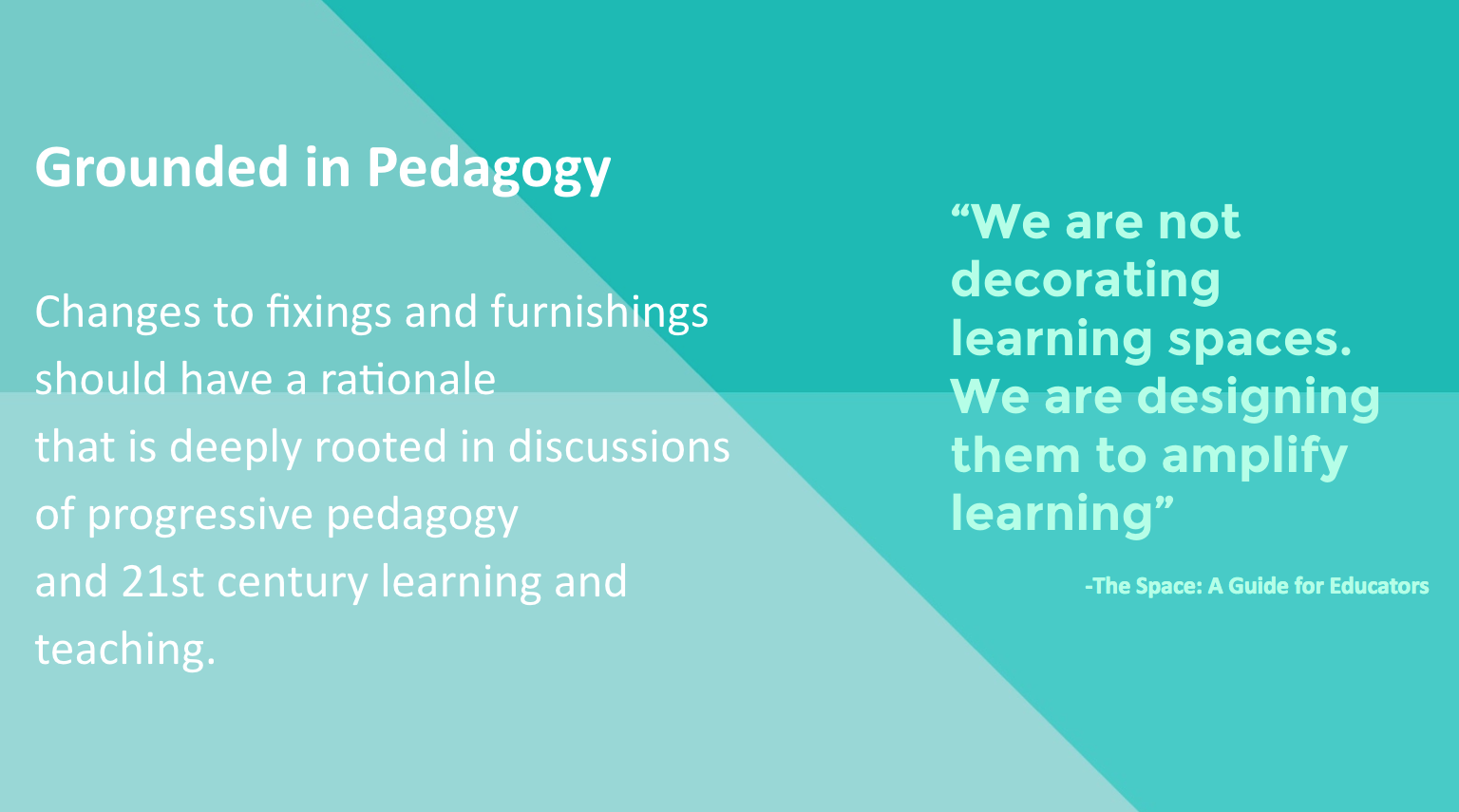
From What to Why
We need to be mindful of when we are working from the what and to move quickly beyond it. Working from the what sounds like:
“What shall we order?”
“I need this” – “We want that” – “My old school had one of those”.
The inevitable answer to what includes lists of items to be sourced and objects to obtained. It may seem exciting to receive new teaching tools, but when the tools lack authentic context they will be divorced from why and remain uninspiring. Focusing on why, via the question: “why we are redesigning our learning spaces?” will result in a richer dialogue and a more purposeful committee. When why is co-constructed within the learning space enhancement process you are starting from a position of deep reflection that will pay off handsomely. To support the development of the why, your working group should produce documentation that includes a clear rationale for every item they seek to introduce into your space, and for every item you seek to remove.
Set your committee up for success by co-constructing understanding about the the changes that are being sought. As the rationale for change becomes well thought out, stronger levels of buy-in from stakeholders develop. It is hard to argue with such quality thinking, and thus makes it difficult for institutions to backpedal to the status quo.
A comprehensive learning space enhancement process, guided by a deep consideration of pedagogy and within a collaborative structure, is about transforming our existing spaces into progressive, equitable, engaging environments for our learners.
It is about moving from individual nests to learning hives, and is a process that can be intentionally managed to provide maximum outcomes for learning communities.
- Hare, R & Dillon, R, The Space: A Guide for Educators, 2016, EdTechTeam Press, Irvine
- Visit Robert L. Peter’s website, here

